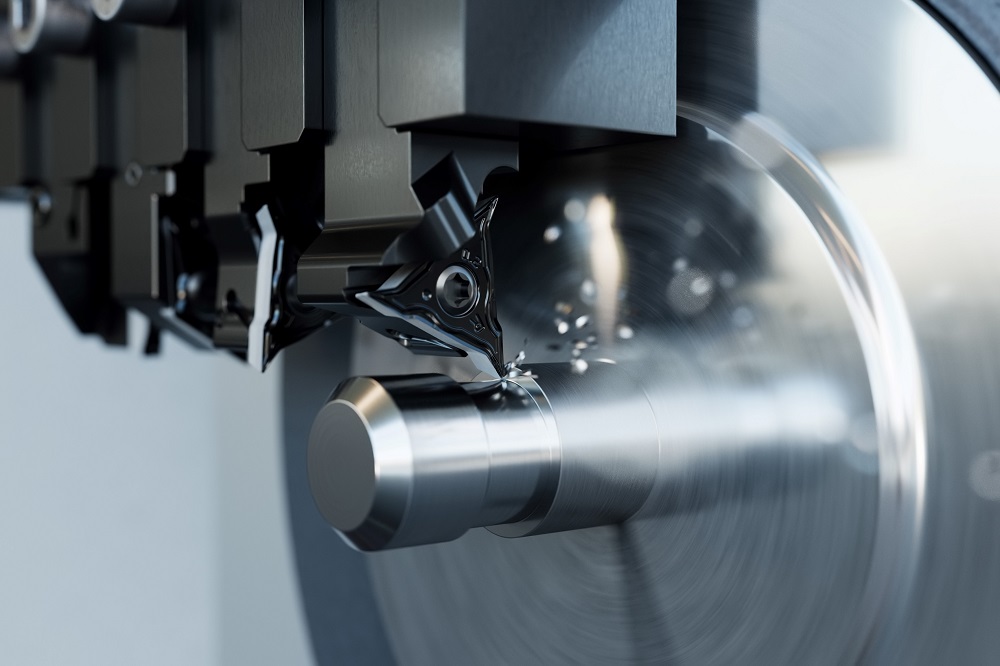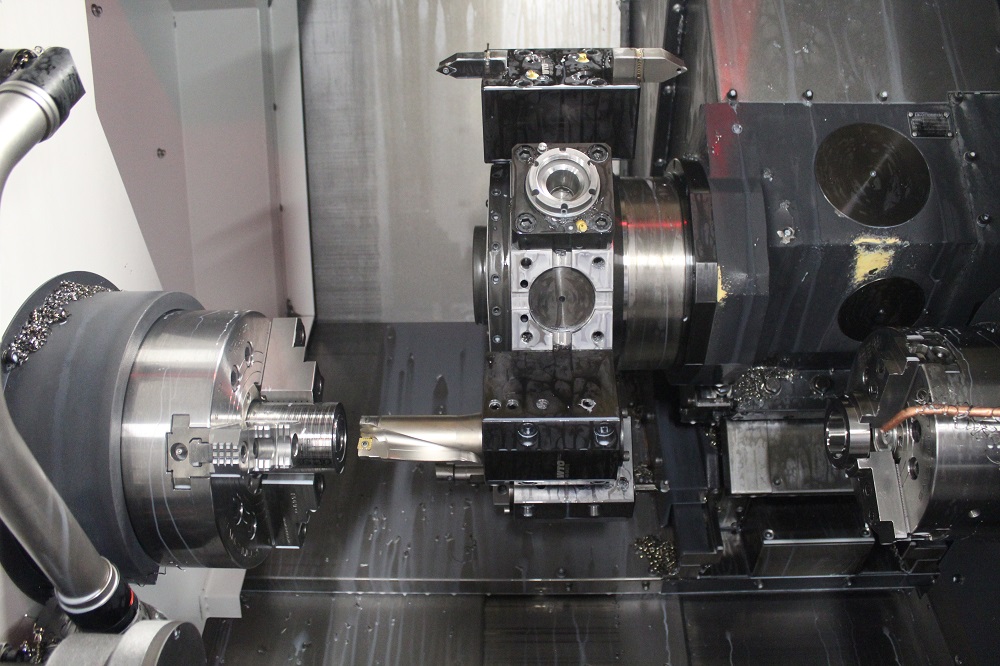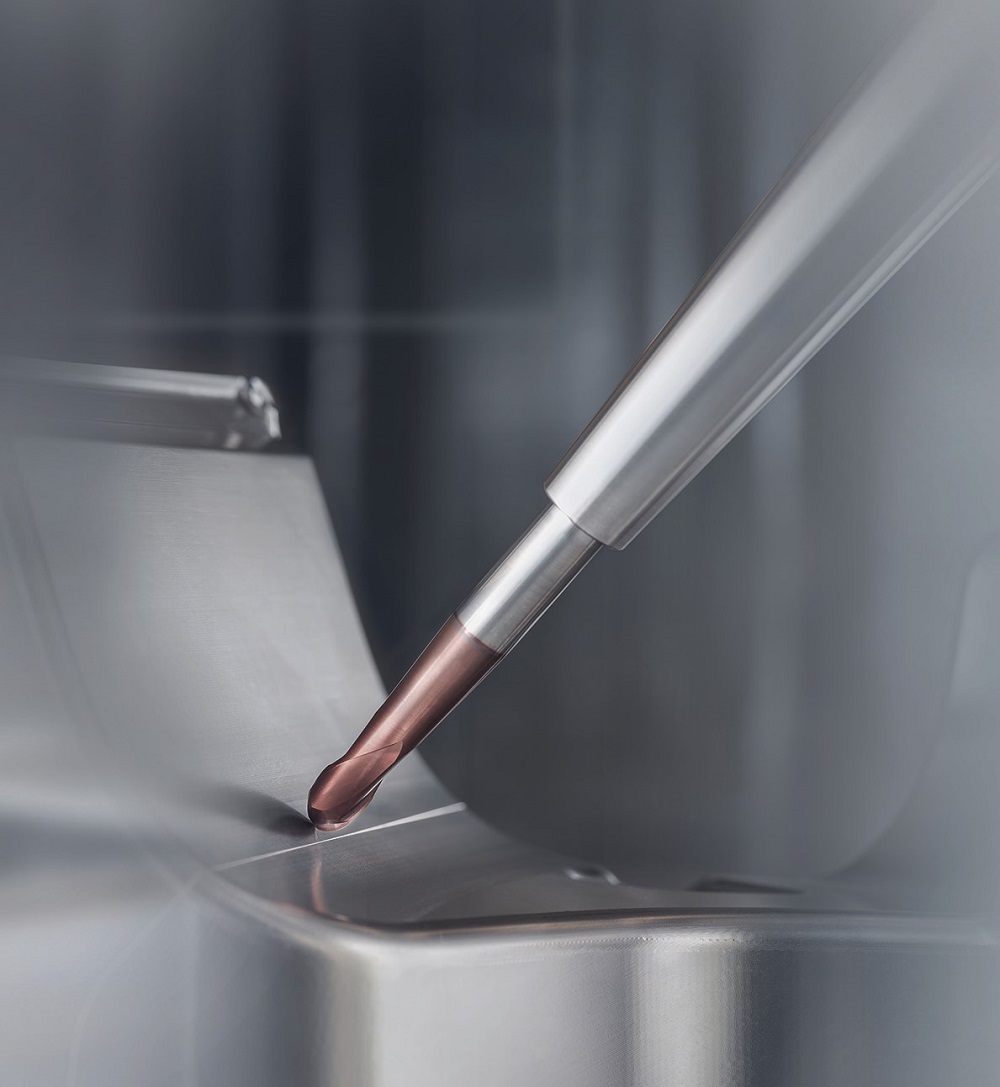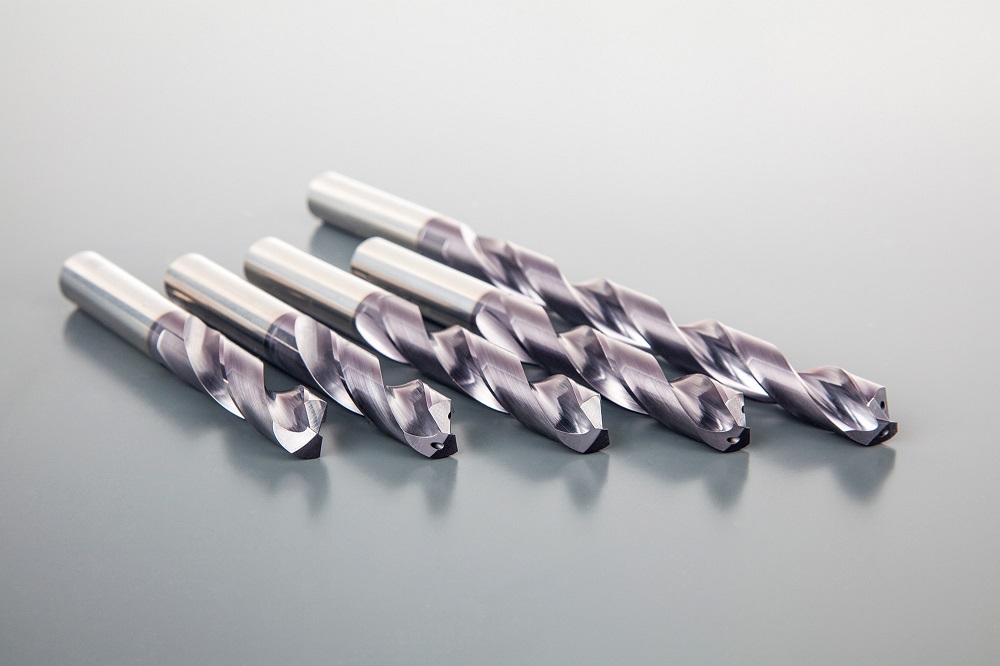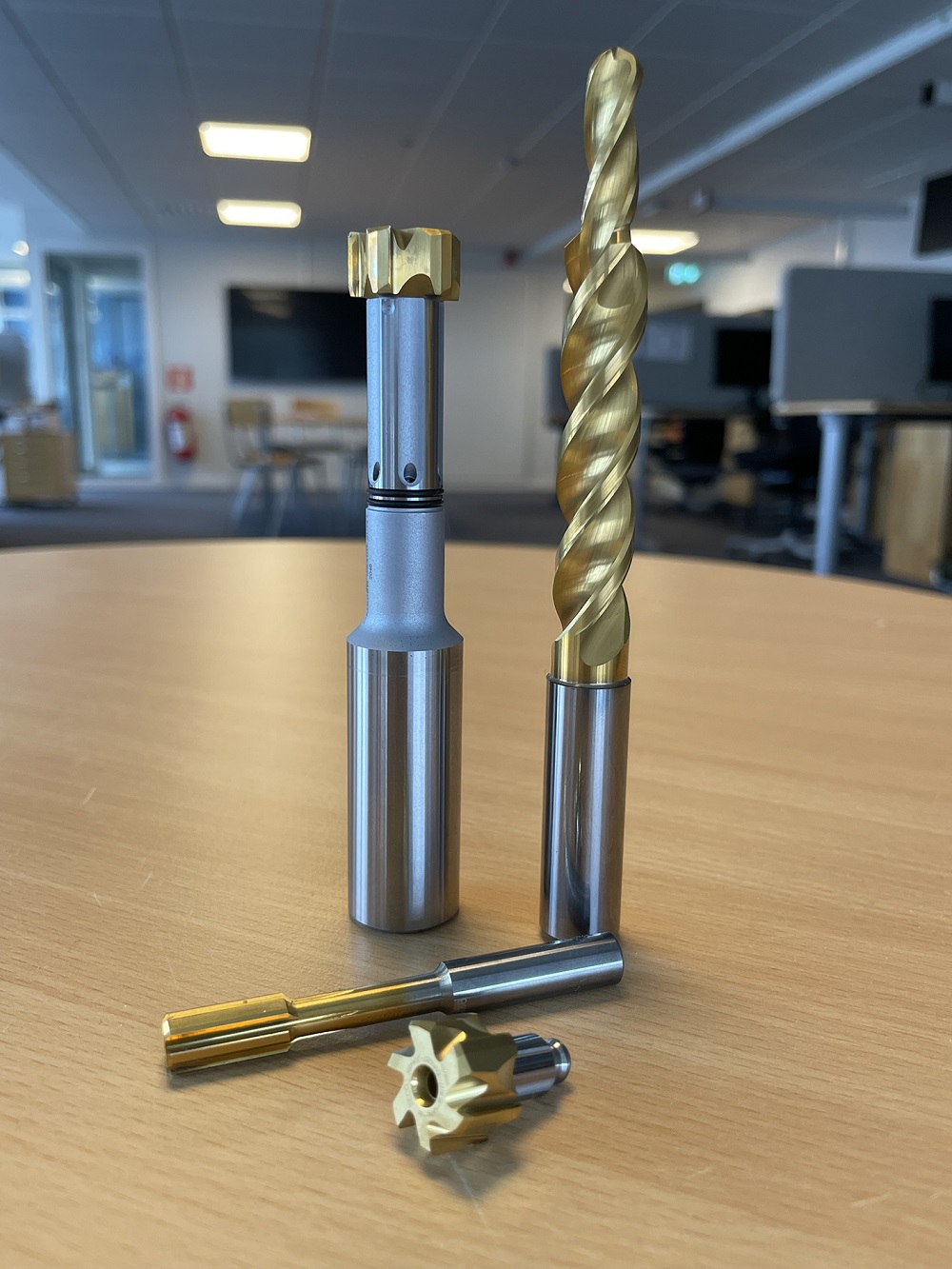Cutting tool specialist Walter has expanded its WL copy-turning system with the introduction of WL17 indexable inserts for Swiss-type automatic lathes and small diameter machining. Used on the W1011-S-P external turning toolholder, which is also a new arrival (along with W1210/W1211 boring bars), they bring the benefits of the existing WL25 inserts to smaller dimensions.
The W1011-S-P toolholder has a square shank that is available in the most common shank sizes of 12 x 12 mm and 16 x 16mm. They are for use on automatic lathes and multi-spindle turning centres. Walter says it is the only manufacturer to offer a turning system for automatic lathes with positive engagement and three-edge turning inserts.
As with the WL25 turning inserts and toolholders, the smaller indexable inserts facilitate equally high cost efficiencies, thanks to the three cutting edges, high stability and 50% improved indexing accuracy in comparison with ISO inserts. The targeted Walter precision cooling on the rake and flank faces also increases tool edge life.
When it comes to internal turning, the inner diameter (Dmin) of the workpiece is often a limiting factor. ISO turning inserts, such as the VBMT11, only have two cutting edges and are applicable at a 93° approach angle from a Dmin of 22mm. By contrast, the new Walter boring bars W1210 and W1211 with WL17 inserts are suitable for internal turning from Dmin 18 mm, while also sportingone more cutting edge.
Furthermore, the operator can use the indexable inserts for both forward and reverse turning. Just like all WL inserts, WL17 inserts can be used in a neutral, right-hand and left-hand configuration, and feature the latest cutting tool coatings, such as Tiger•tec Gold.
For further information www.walter-tools.com






